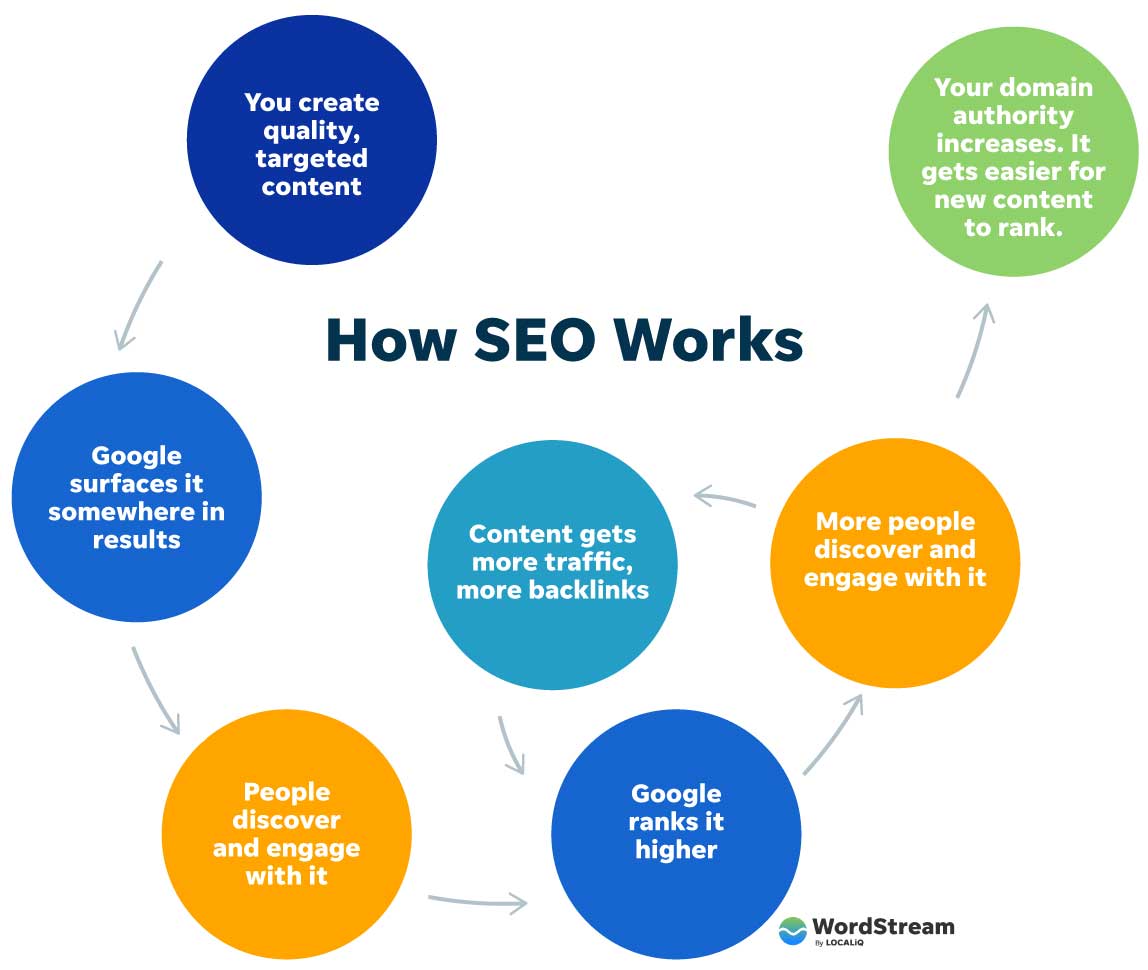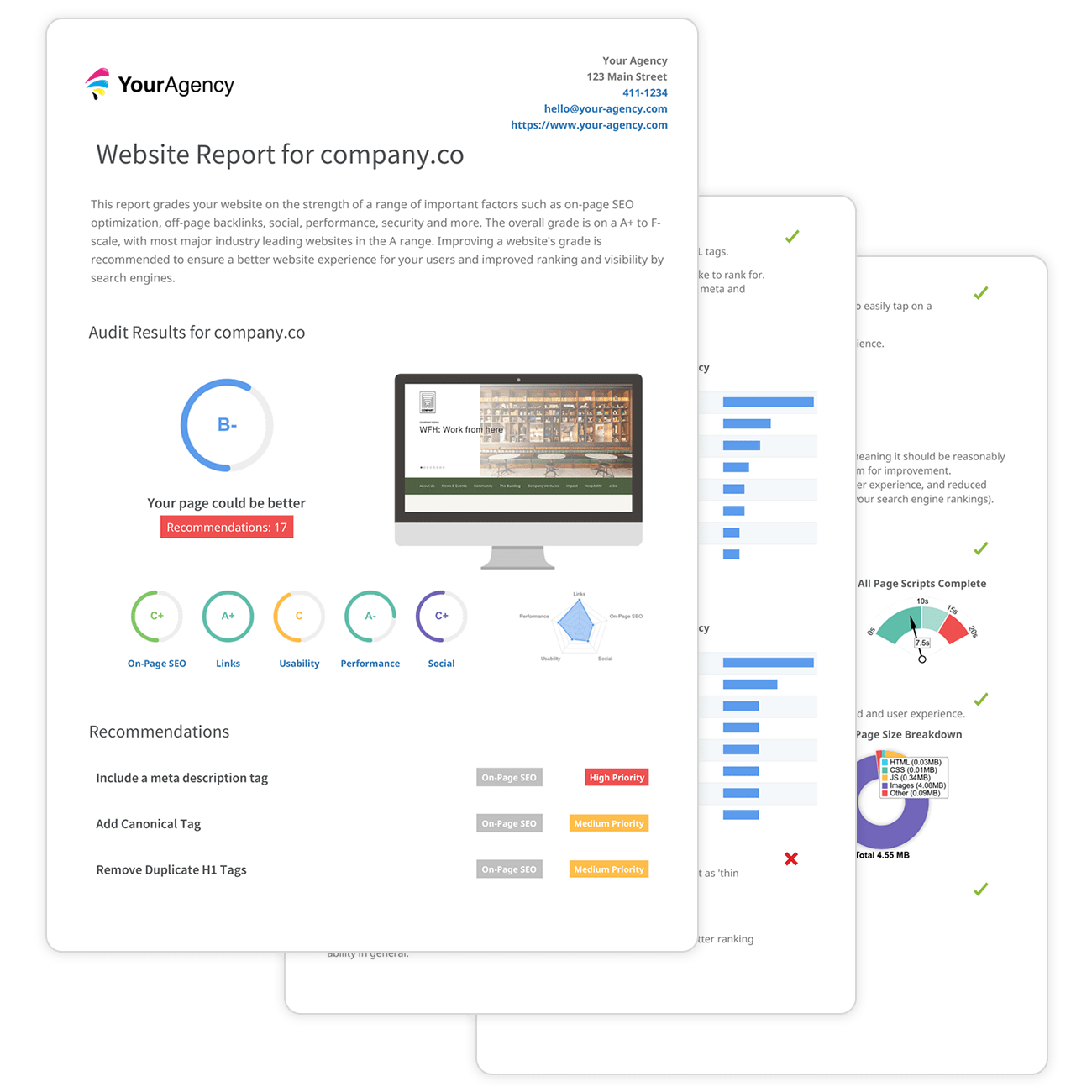Insights into What Is Not Considered a Default Medium in Google Analytics
Insights into What Is Not Considered a Default Medium in Google Analytics
Blog Article
Thinking Outside package: Leveraging Non-traditional Tools to Maximize Google Analytics Performance
In the world of electronic advertising, the quest for improved Google Analytics performance has become a strategic essential for organizations seeking to improve their on the internet visibility. By discovering non-traditional tools as avenues of information collection, a brand-new world of opportunities emerges.
Special Information Resources

Social media systems offer important data on individual demographics, rate of interests, and interaction metrics, allowing organizations to assess the effectiveness of their social media campaigns and maximize web content for better efficiency. By leveraging these one-of-a-kind data resources, companies can fine-tune their techniques, boost targeting initiatives, and boost overall Google Analytics performance.
Social Network Insights

Additionally, social networks analytics devices allow businesses to track key efficiency signs, monitor campaign effectiveness, and gauge the effect of their online tasks. Understanding the demographics of fans, determining preferred material motifs, and evaluating interaction levels can assist businesses tailor their marketing approaches for better outcomes.
Offline Marketing Integration
Integrating offline advertising and marketing techniques with electronic analytics can enhance total campaign efficiency and give a more extensive understanding of consumer actions. what is not considered a default medium in google analytics. By connecting the void in between online and offline efforts, organizations can track the influence of conventional advertising and marketing networks such as print advertisements, TV commercials, straight mail, and occasions on their online existence

In addition, implementing call monitoring systems for offline advertising and marketing tasks enables companies to record important information on consumer inquiries created through printed advertisements or materials (what is not considered a default medium in google analytics). By evaluating call information alongside online metrics in Google Analytics, businesses can gain much news deeper insights right into the consumer trip and optimize advertising and marketing methods for improved efficiency throughout all channels
IoT and Wearable Modern Technology
Using IoT and wearable technology in electronic analytics can transform information collection and consumer understandings for companies seeking a much deeper understanding of user actions patterns. These innovative innovations use a smooth method to gather real-time data from various touchpoints. IoT tools can track individual communications with products or solutions, providing beneficial information on usage patterns and preferences. Wearable modern technology, such as smartwatches or physical fitness trackers, can supply insights into user tasks, health metrics, and even area information.
Gamification Techniques
The application of gamification approaches in electronic analytics presents an ingenious approach to improving individual interaction and driving workable understandings for businesses. By incorporating game-like elements such as points, badges, leaderboards, and rewards right into the analytics user interface, business can inspire individuals to engage much more regularly and meaningfully with the information.
Gamification urges customers to discover various features of the analytics platform, revealing valuable understandings that could have otherwise gone unnoticed. Through interactive challenges and progress tracking, users are incentivized to delve deeper right into the information, leading to enhanced time spent on the platform and a greater likelihood of discovering essential trends or patterns.
Furthermore, click resources gamification can foster a feeling of competition among customers, stimulating them to pursue greater efficiency and involvement levels. This competitive spirit can drive enhanced user adoption rates and an extra comprehensive application of the analytics devices offered. Ultimately, by leveraging gamification methods in electronic analytics, organizations can produce a more engaging and efficient environment for customers, causing even more educated decision-making and enhanced overall efficiency.
Final Thought
Finally, leveraging unique tools such as special information sources, social media sites insights, offline marketing integration, IoT and wearable technology, and gamification techniques can optimize Google Analytics efficiency. By assuming outside the box and discovering these alternate sources of data, organizations can acquire useful insights and boost their general advertising and marketing strategies. It is crucial for firms to continually check out new means to gather data and assess it in order to stay in advance in the ever-evolving digital landscape.
By integrating data from sources such as client connection monitoring (CRM) systems, social media systems, and e-mail advertising and marketing projects, companies can get a more comprehensive understanding of their target market actions and involvement patterns. Social media systems provide beneficial data on user demographics, rate of interests, and involvement metrics, allowing companies to assess the performance of their social media campaigns and maximize content for far better performance. By leveraging these distinct data sources, businesses can refine their methods, improve targeting initiatives, and improve general Google Analytics performance.
Checking out social media understandings can provide businesses with valuable data on user demographics, passions, and interaction metrics, allowing for educated decision-making and strategic optimization of advertising and marketing efforts. By thinking outside the box and discovering these Your Domain Name alternate resources of data, businesses can acquire important understandings and enhance their overall marketing strategies.
Report this page